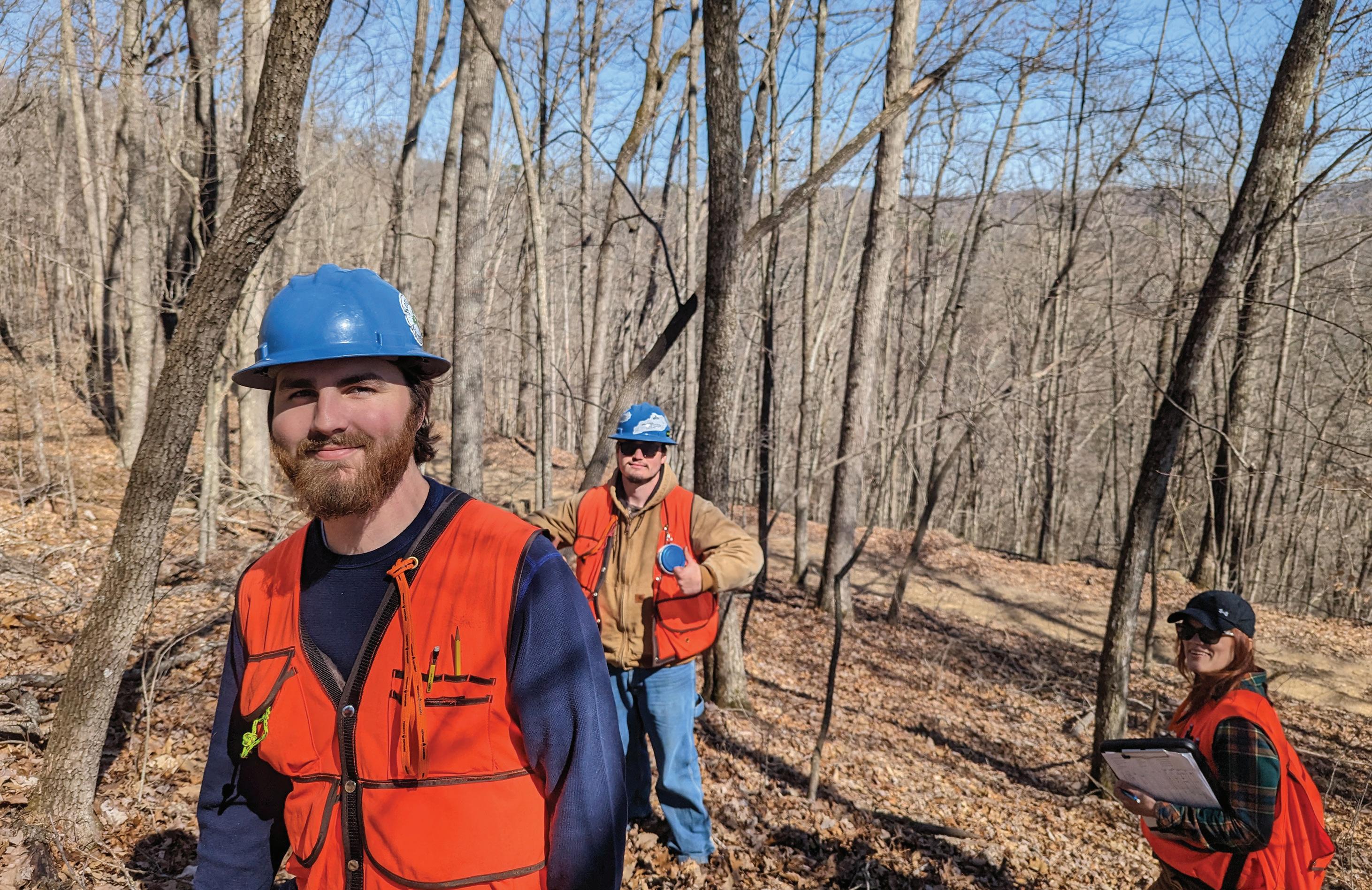Celebrating 100 Years of Robinson Forest

SPRING 2023 NEWSLETTER






Last year proved to be an interesting one for Robinson Forest. Even though we are still dealing with flood recovery, we hope 2023 will have some bright spots, such as celebrating Robinson Forest’s 100th anniversary! Fortunately, we had access to insurance funding to help restore buildings, rebuild damaged hydrology monitoring equipment, and repair our road infrastructure. We replaced heat pump units for sleeping cabins, replaced foundations and floors in the dining hall, and made improvements to the classroom. Thanks to the great work of our Robinson Forest staff, this was completed in time to start our spring camp session at the Forest.
WE ARE ON INSTAGRAM! FOLLOW @UKYFNR
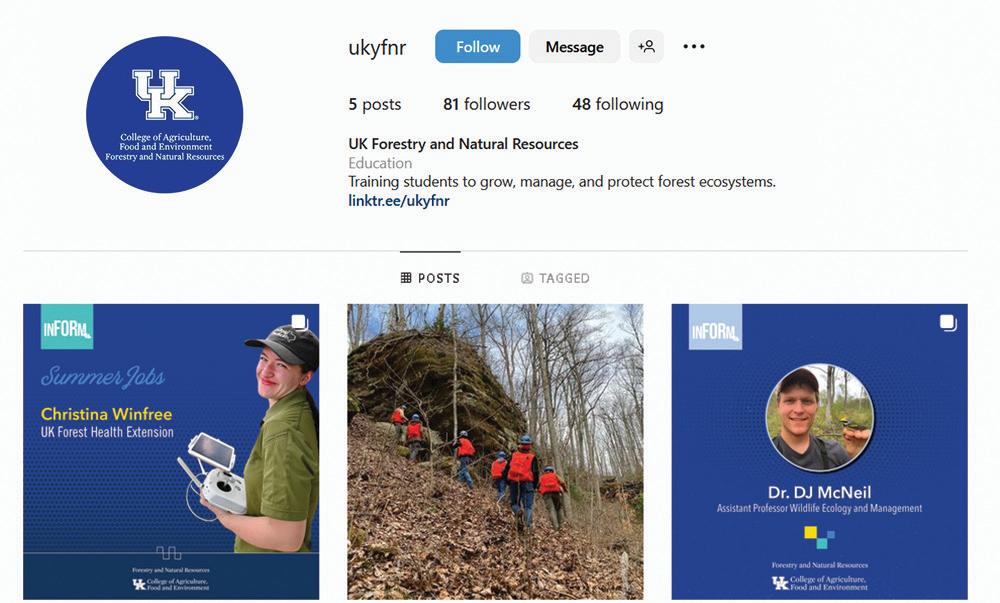

Thank you to those who contributed to the emergency flood relief fund, which helped displaced Robinson Forest and Quicksand staff. Contributions were meaningful, and they were distributed to affected staff before the holidays.
Dr. Sybil Gotsch began work as our new forest ecophysiologist in January. Dr. Gotsch’s specialty is tree ecophysiology. She has already been indoctrinated to white oak silvicultural challenges and has been to Robinson Forest to explore future research opportunities, all the while continuing to manage her National Science Foundation project in the cloud forests of Costa Rica. Stay tuned for more information on her research, which keeps her and her crew hanging 100 feet off the ground while working in the rainforest canopy!
We are also excited about the 100th anniversary of Robinson Forest! We will continue to provide information on festivities to commemorate this special event. This will include an alumni trip to the Forest the weekend of September 9, directly after our fall picnic at the T.P. Cooper Building on September 8. Stay tuned for more details and make plans to attend.
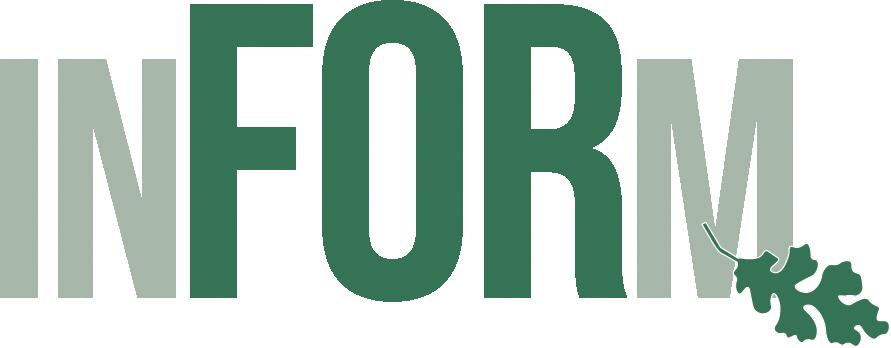

As always, thanks for your continued interest in the department and for helping us to shape its future.
- Dr. Jeff Stringer
Our department, along with partners from several other academic institutions and collaborators from the Kentucky Division of Forestry, USDA Forest Service, and Northern Institute of Applied Climate Science (NIACS), is developing a new research and demonstration site at UK’s Robinson Forest to help address management challenges associated with climate change. The site at Robinson Forest is part of a larger project titled the Adaptive Silviculture for Climate Change (ASCC) network, which is a collaborative effort between managers and scientists working to establish experimental trials across a network of diverse forest ecosystem types throughout North America.
The new ASCC trial at Robinson Forest will help managers address climate-change challenges through an experimental process that examines different management strategies to promote resiliency and sustainability under a changing climate. The Robinson Forest ASCC site co-leads, Drs. Jacob Muller and John Lhotka, along with many other researchers in the department and college, are working collaboratively with forest managers in the region to test sensible forest management approaches to climate change. Their efforts also provide opportunities for training and demonstration to ensure the knowledge gained from these trials is accessible to managers in the region.
Chad Niman is leading a project to provide the bourbon industry with information to improve the efficiency of barrel production.

The department, in collaboration with industry partners, is undertaking an applied research project at UK’s Wood Utilization Center to provide information on drying dynamics for white oak barrel staves and treatments to reduce defect development. This project is designed to provide detailed data and results to fill existing knowledge gaps that industries can use to improve stave yield. The ultimate goal of this investigation is to extend white oak resources and assist the competitiveness of cooperage industries.
Given that white oak barrels are the most expensive “ingredient” in bourbon production, the efficient use of white oak is critical.
After serving almost 24 years in the U.S. Army and owning a business, William Wittenbraker returned to school to earn his associate’s degree in arts from Elizabethtown Community College and his bachelor of science degree in forestry from the University of Kentucky. During his undergraduate studies, Dr. Jian Yang, associate professor of forest landscape ecology, instilled in him an excitement for landscape ecology, with a particular interest in woody invasive species and how they could interact with a combined disturbance.
Wittenbraker’s field of study examines how combined disturbances and woody invasive species act on a landscape scale. He is working to determine if disturbances adjacent to each other—in this case, strip mining and timber harvesting—cause a greater prevalence and abundance than a single disturbance event.
The research Wittenbraker is conducting in Robinson Forest will ultimately contribute to a greater understanding of how a landscape can be a driving force for woody invasive species and a surrounding forest.

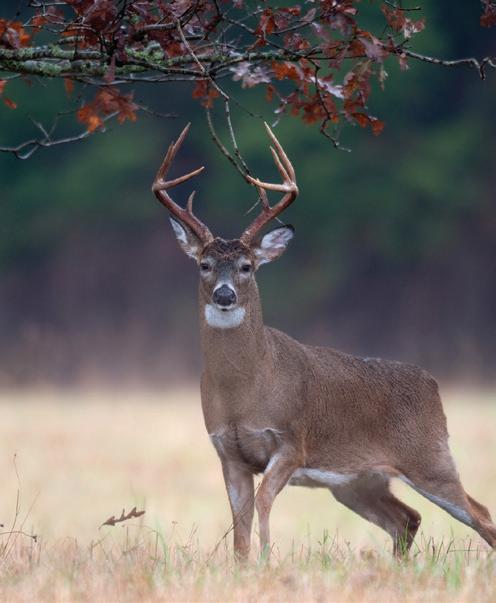
In 1923, Mr. E.O. Robinson of Mowbray-Robinson Lumber Company gifted 14,800 acres of largely cut-over forest to UK for “the purpose of agricultural experimental work and teaching, and for the practical demonstration of reforestation.”
For the past 100 years, Robinson Forest has been a vital research and educational resource used to educate and train the next forestry and natural

resource owners, practitioners, and leaders. It is critical to provide for the conservation and protection of forests, aquatic and riparian resources common to forest systems in Kentucky and the United States. The unique combination of forest ecosystem research and educational facilities found at Robinson Forest is important as we continue to educate and train the next resource owners, practitioners, and leaders.

The hydrologic monitoring network at Robinson Forest is one of the most outstanding research, extension, and teaching attributes the Forest has to offer. Streamflow, stream water quality, precipitation quantity, and precipitation chemistry have been monitored almost continuously since the early 1970s.
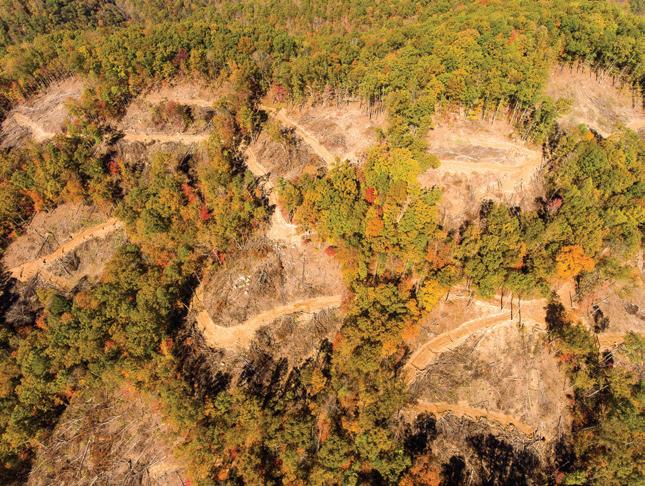
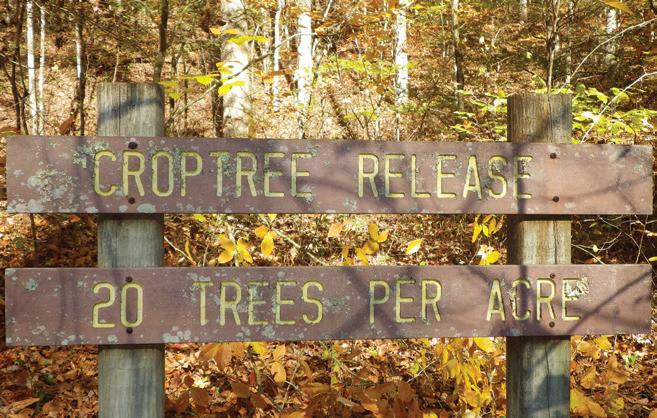
The monitoring program has permitted several research endeavors over the decades, including investigations to study the effects of streamside management zones and stream crossing techniques on streamflow and water quality; the effects of surface mining on water quality, invertebrates, and salamanders; the characteristics and behavior of reference-quality “undisturbed” streams in Appalachia; and hydrologic change caused by land-use and climate change. With the recent flooding and climatic-driven disasters in Kentucky, the long-term hydrology network at Robinson Forest stands to provide valuable information for the people of the Commonwealth.
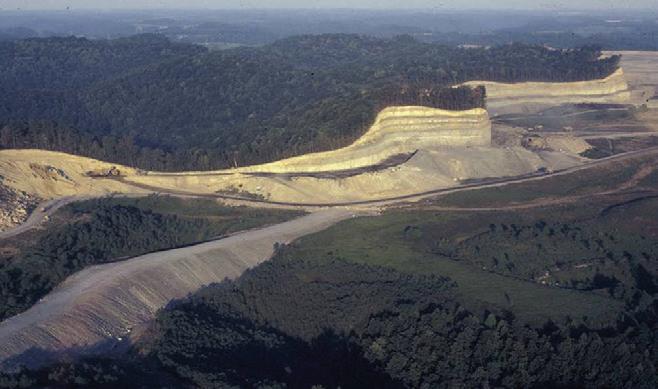
by Dr. Chris Barton, Professor of Forest Hydrology and Watershed Management

Dr. Chris Barton started Green Forests Work (GFW) in 2009 with a vision to restore forests and provide economic opportunities on lands affected by surface coal mining in Appalachia. With the help of funders, conservation partners, contractors, volunteers, and friends, GFW has planted over 5 million trees on over 9,000 acres in the Appalachian region and beyond.
In 2020, Barton was awarded the Fulbright Distinguished Chair in Science, Technology, and Innovation, hosted by the Commonwealth Science and Industrial Research Organisation (CSIRO) in Brisbane, Australia. Although the
pandemic delayed the start of Barton’s Fulbright scholarship, he finally departed in January and will work for six months with CSIRO, university scientists, conservation groups, and mining companies in Australia to promote ecological restoration. He will also study the impact of these restoration efforts on climate-change mitigation and the protection of the Great Barrier Reef. Barton hopes to bring back experiences that will enhance and broaden the context and scope of his teaching. “I find that students are drawn to material that can be put in a global context, and experiences such as this certainly help make that possible,” said Barton.
Scan the QR code to view Barton’s Australia blog on the GFW website.


Research in the Forest Ecophysiology Lab lies at the interface between ecohydrology, plant physiology, and ecosystem ecology. Dr. Sybil Gotsch and her team work to understand the mechanisms that confer success and failure in response to different microclimatic conditions. They then build upon the findings to understand how potential changes in water use or community structure will affect the hydrologic cycle. To date, most of their research efforts have been focused on understanding how decreases in water availability will affect the structure and function of the tropical montane cloud forests of Central and South America. Starting this summer, the lab will begin to expand its research efforts in the forests of Central and Southern Appalachia.
This summer, the local research program will begin in our very own Robinson Forest, with an investigation into the importance of valley fog for tree function. During the warm summer months when evapotranspiration is greatest, trees can experience water stress, which reduces health and productivity. The degree to which morning fog events can mitigate that stress is not well known. In other ecosystems, the team has found that fog can reduce water stress and that some plants can even absorb water from the surfaces of leaves, improving leaf hydration.
Understanding how microclimate shapes tree function is important in determining how to manage species in regions like Central Appalachia, where topography, microclimate, and habitat quality are so varied. The data collected will also be used by a collaborating lab at Wake Forest University. This group, led by Dr. Lauren Lowman, is working to improve hydrologic models by considering what happens to forest health and productivity when leaves are wet, which will provide a clearer understanding of how Central Appalachian forests will be impacted by changes in climate.
Watch more!
Scan the QR code to see videos of the experimental design for Tropical Montane Cloud Forests.

The Spring Field Semester is for students in the junior year of the Forestry program. It is a semester-long immersion into the practice and application of forestry.
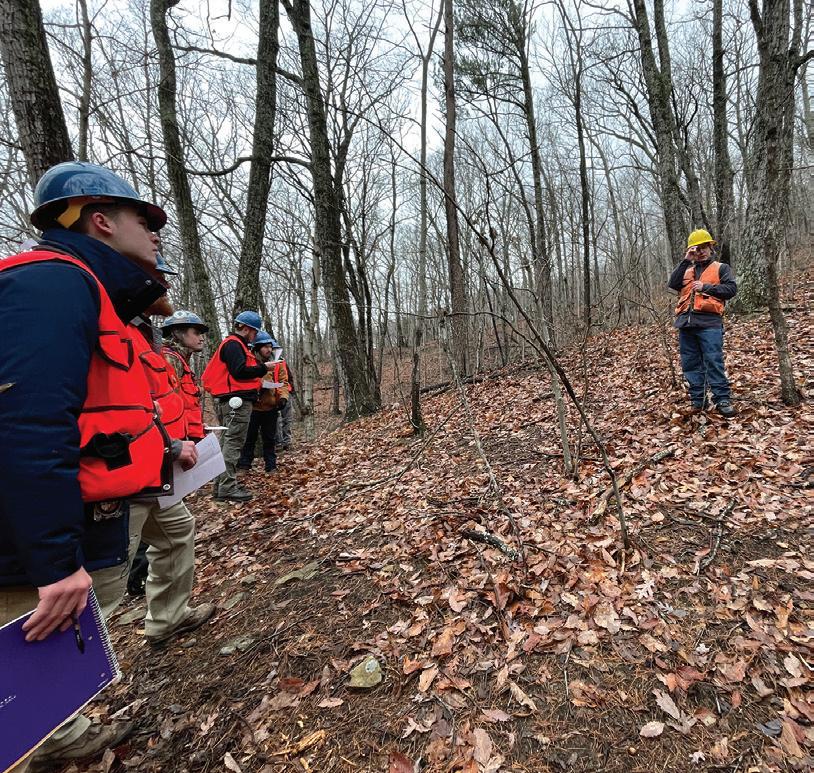
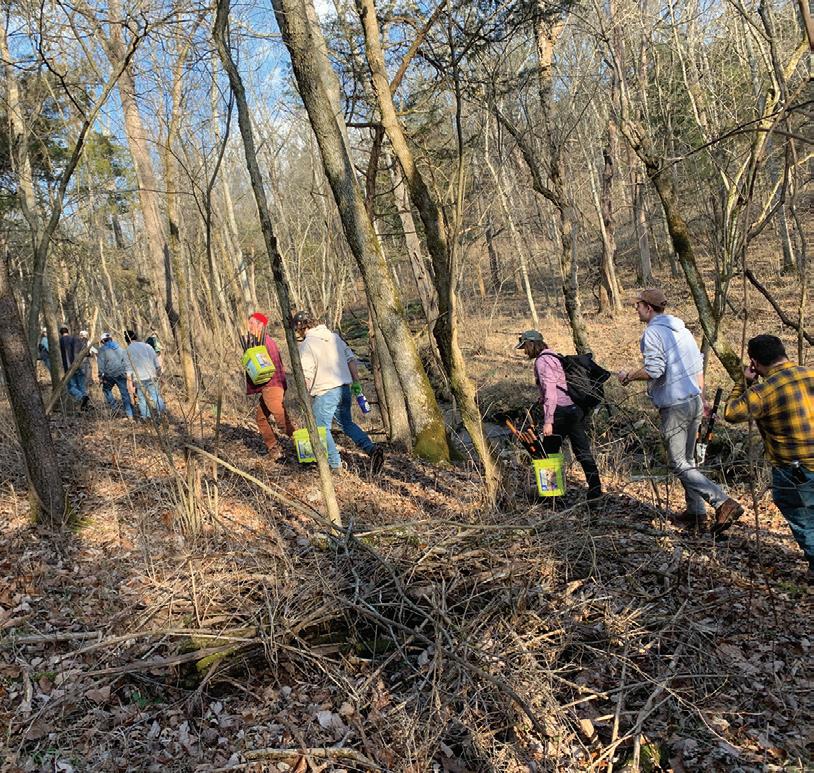

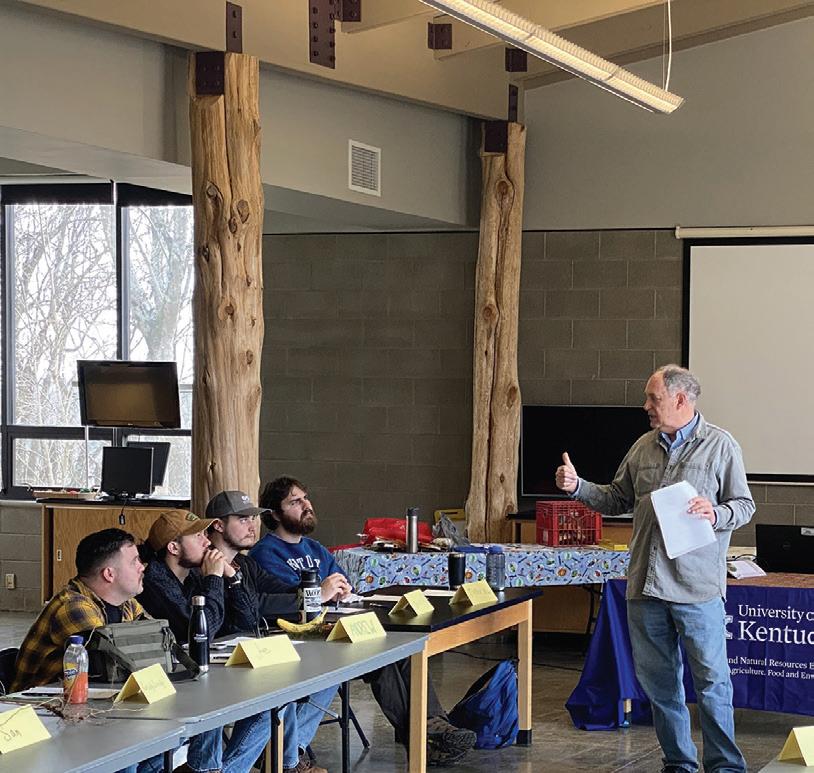

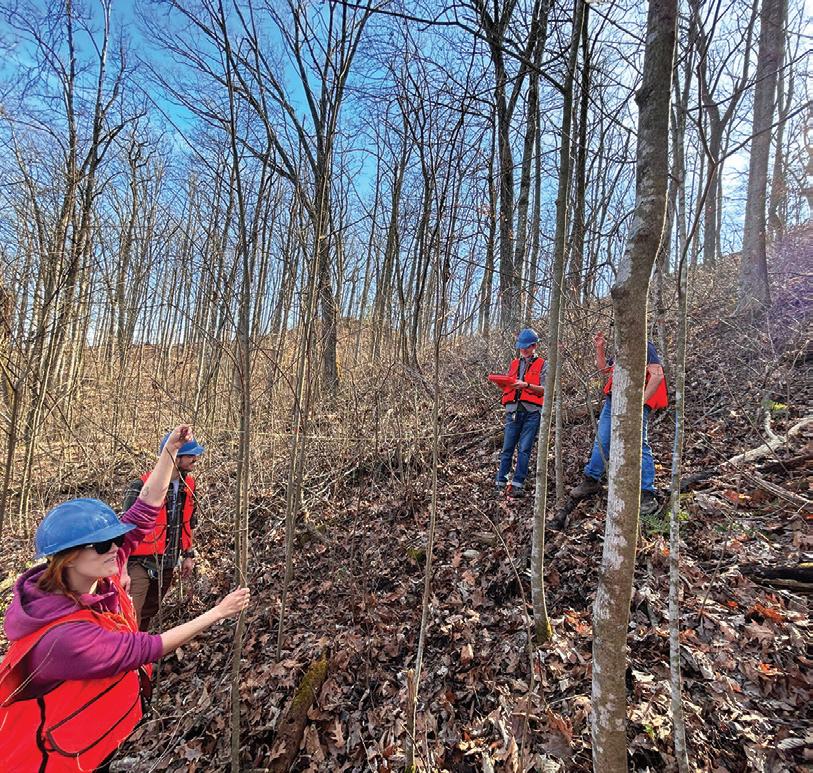
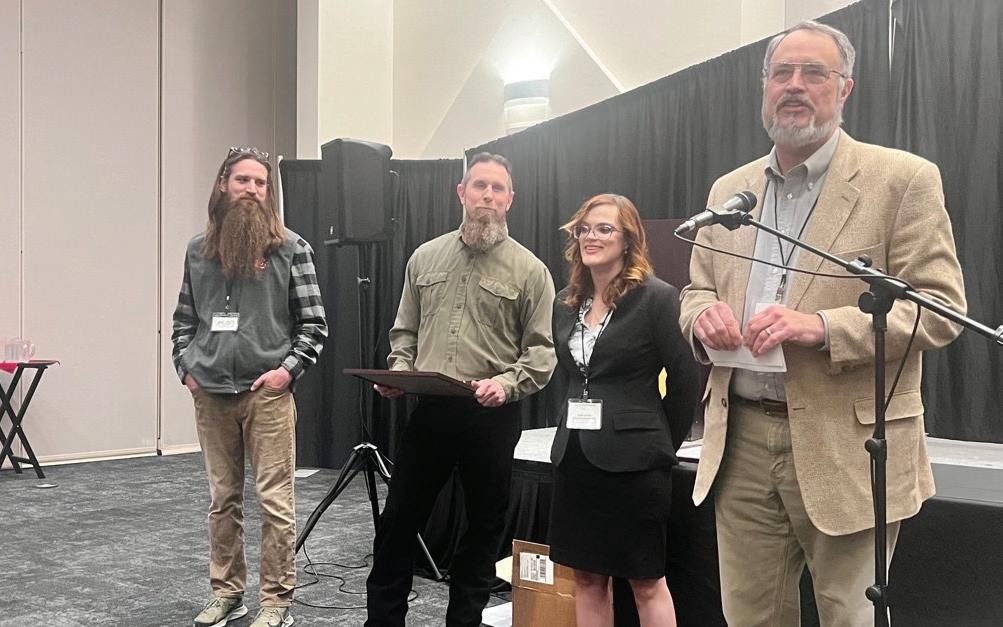
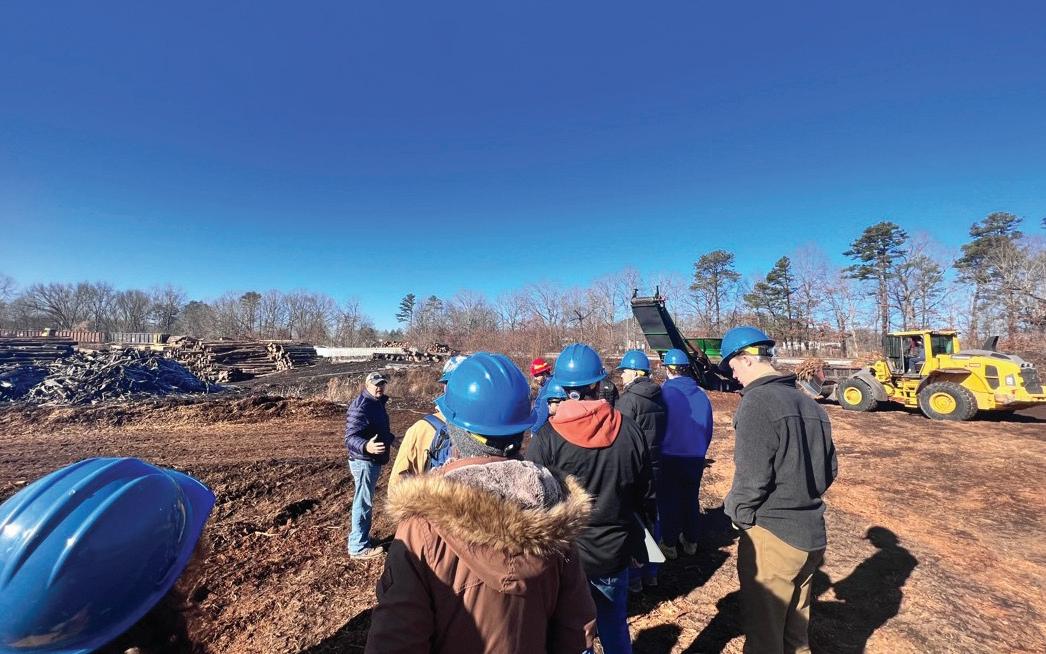
Follow these students in their Spring Field Semester journey. See photos and blog entries provided by the students.

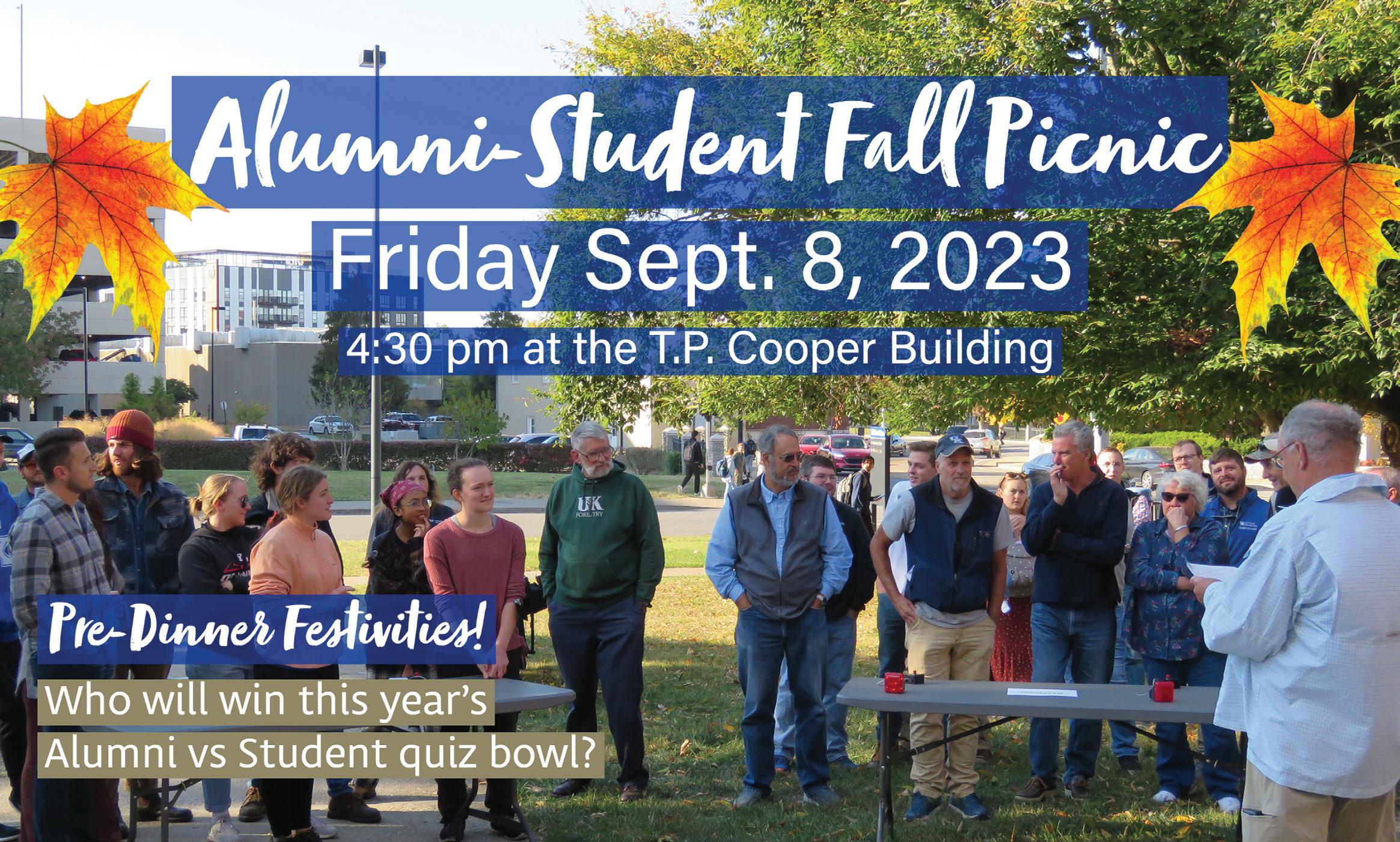
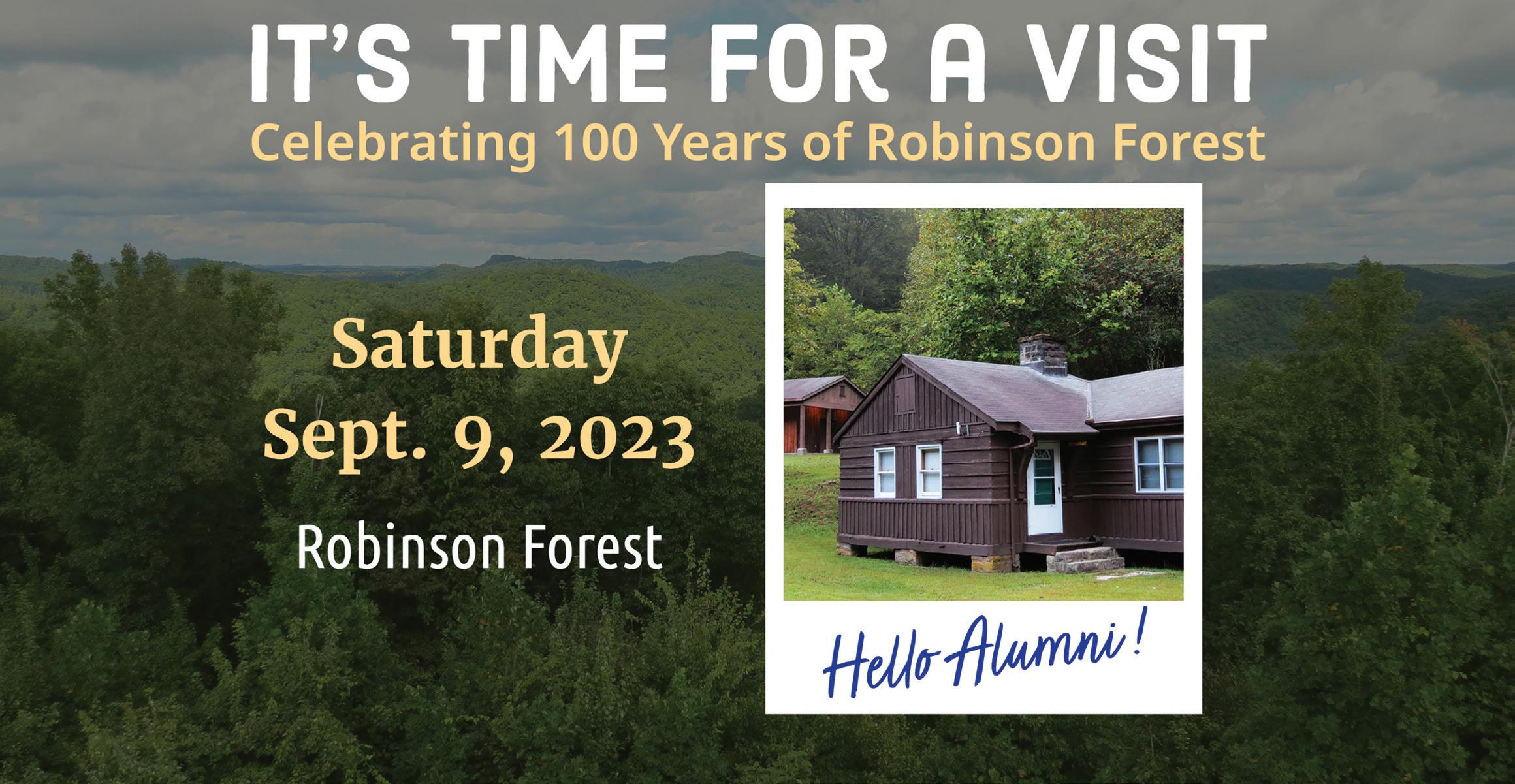

Department of Forestry and Natural Resources

University of Kentucky
105 Thomas Poe Cooper Building
Lexington, KY 40546-0073
Training students to grow, manage, and protect forest ecosystems
